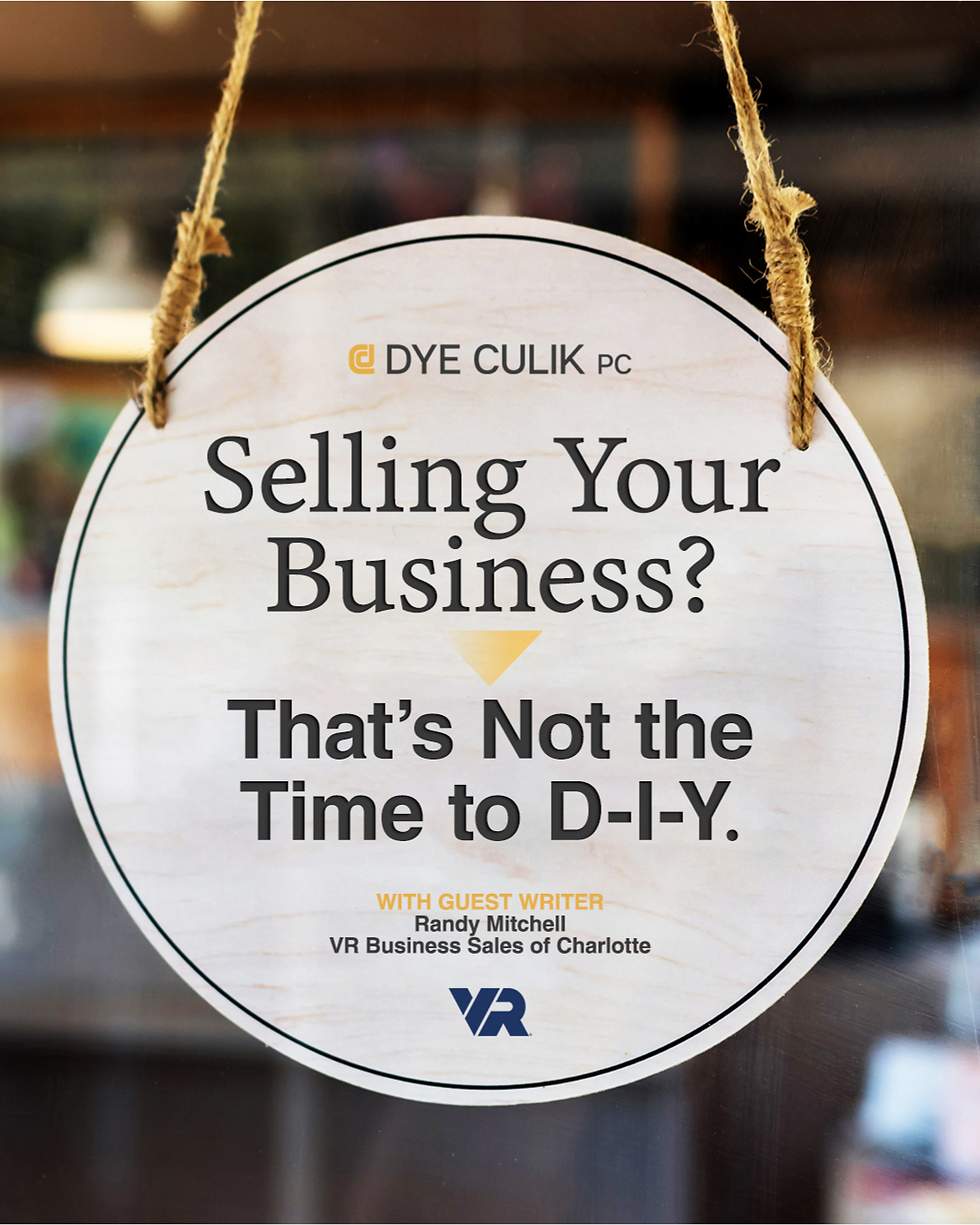Brand Protection with Trademarking: Fundamental Considerations for Entrepreneurs, Startups, and Business Owners
- Bradley Harrah | Attorney

- May 22, 2024
- 4 min read
This article is a brief summary from the Guide to Brand Protection for Small and Medium Sized Enterprises, a comprehensive guide from the Michigan State University Center for Anti-Counterfeiting and Product Protection and co-authored by Attorney Bradley Harrah designed to help small and growing businesses make effective strategic decisions about trademark protections.

What Does a Trademark Do?
A “trademark” is considered any word, name, symbol or device, or any combination, used by someone to identify and distinguish their products and/or services from the products and/or services of another.[1] Not only does it serve to distinguish one company from another, but if properly protected, trademarks provide a legally enforceable right for a brand and company. Trademarks are the ultimate representation of a business.
Why Trademarks Are Worthy of Protection
If you created an innovative product or a new invention that has never been seen before in the marketplace, you would be well-served to find ways to protect this asset and prevent others from using it without your permission. This same thought should extend to your trademarks and brand. You have likely invested significant time and resources into your business, so how will you protect trademarks, the ultimate representation of your business?
There are tangible benefits to protecting your trademarks. Previous studies have reported that intellectual property protection is of vital significance for investors, as it shows to investors that you have initiative and commitment to your business. Further, trademarks are important to your customers and their ability to identify your business.
Trademark counterfeiting is the unauthorized use of another’s trademark. If a trademark counterfeiter uses your trademarks, the best-case scenario is that you will notice no negative effects and no declines in revenue and market share. However, the more realistic scenario is that counterfeiters using your trademarks will cut into your sales or even displace you entirely from the market. You are not just competing against your competitors using their own trademarks and brands, but also those who will try to take advantage of your earned brand recognition.
No matter what stage your business is at, whether at the initial stages of business formation or a successful business with a developed brand, you should consider how you will proactively protect your investment in your trademarks.
How to Protect Trademarks
Developing a trademark and using it in commerce without registering the trademark with the USPTO (United States Patent and Trademark Office) will give you what are called “common law rights,” which can be useful in preventing competing businesses in a close geographic area from using identical or similar marks that confuse customers. However, these rights are limited, and if you operate outside of a small geographic area, or intend to grow outside of this area, then these rights will not sufficiently protect your business.
To obtain protection of your trademark beyond these common law rights, you should seek to register your trademarks with the USPTO. Having a registered trademark allows you to use the full extent of the law to protect your business across state lines. The steps for registering and maintaining your trademark are the following:
Step One: Conduct a Search of Existing Trademarks
Your trademark will be eligible for registration only if it is not already in use by someone else within your relevant industry. A “submarine situation” is one in which a new business uses a certain mark for years and faces objection from the senior mark holder that was previously unknown but pops up once the new business expands due to its success. This situation can be damaging to your growing business because you have built up brand equity and goodwill in a trademark that cannot be registered and eventually will have to be changed because it infringes on another’s trademark. So, you should confirm that your trademarks, specifically your chosen business name and logo, are not already in use or confusingly similar to another’s trademark BEFORE you begin using the business name and/or logo.
Step Two: Basic Trademark Registration
After ensuring that your chosen trademark does not conflict with existing trademarks, you can file a trademark application with the USPTO through either a “use-in-commerce” application or an “intent-to-use” application. If the trademark is already in use, the application must show how the trademark is being used. Alternatively, an “intent-to-use” application can be filed if you have not yet begun using the trademark in commerce. Importantly, your trademark cannot obtain federal registration unless and until you can show that the trademark is being used in commerce.
Step Three: Enforcing Trademark Rights
Once registered, if you do not continue to use the trademark, including enforcing these trademark rights, you are at risk of losing your trademark rights. Generally, if you fail to enforce your trademark rights against those who infringe upon these rights, this may lead to your trademark losing its strength, or worse, lead to your trademark being considered abandoned.
If you discover that a competitor is using your trademark in the same way as you or in a confusingly similar manner, you should immediately take steps to stop their use. A common way to do this is by retaining an attorney to draft a cease-and-desist letter outlining your rights and how the competitor is infringing on these rights.
Conclusion
Trademarks are how a business identifies and differentiates itself in the market and against competitors. It is an asset deserving of protection. As such, business owners at all stages, from the startup phase, the infancy of business operations, or established in the market, should have a plan for protecting this asset.
A substantial step in protecting trademarks is nationwide protection of the trademarks through registration with the USPTO. While business owners can complete the steps outlined above without the assistance of legal counsel, trademark applications submitted by an attorney on behalf of a client are 18% more likely to be accepted than those submitted without the assistance of legal counsel.
[1] 15 U.S. Code § 1127
Dye Culik is a business law firm based in Charlotte, North Carolina. Our attorneys can assist business owners, entrepreneurs, and startups with helping to protect their brand and business with trademarking. Connect with us to set up a consultation.





Comments